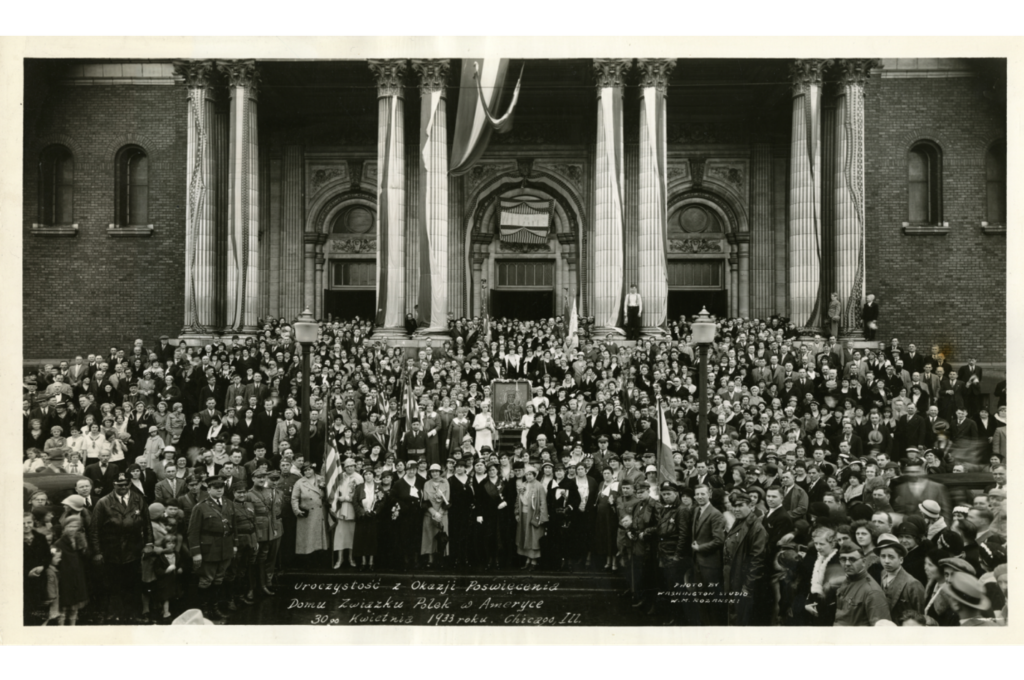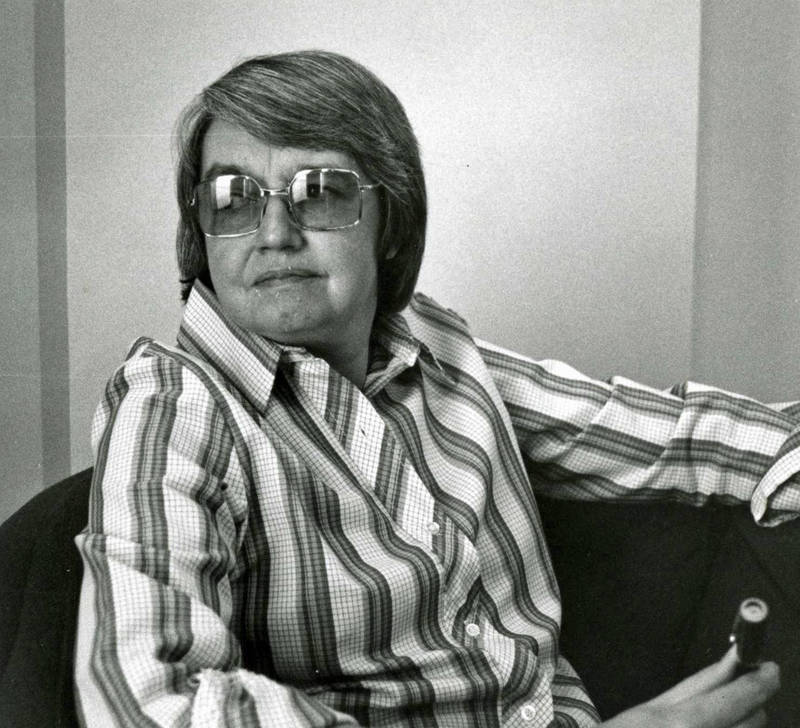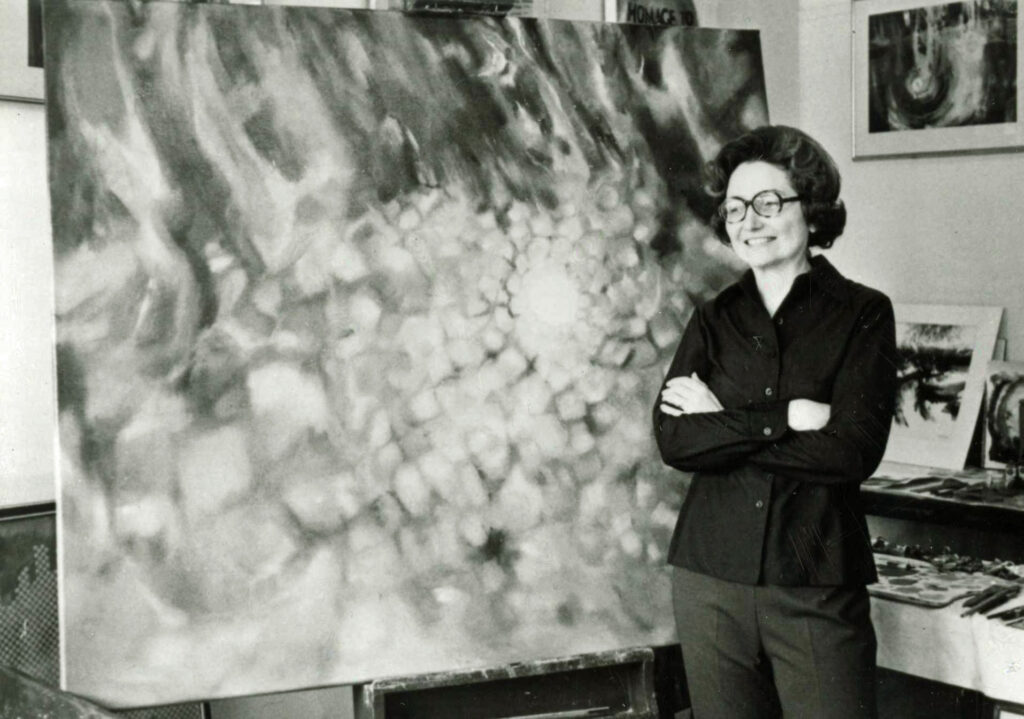This post is part of the WLA blog’s 2022 series written by guest writers. These writers are graduate students in the Public History program at Loyola University Chicago. Each visited the archives during Fall 2021, delved into the collections, and wrote about a topic not yet explored here. We are excited to share their research and perspectives!

One of the most important figures in the history of Mundelein College was Sister Mary Justitia Coffey, BVM, one of its founders and the first president of the women’s Catholic college in Chicago. Revered by her students and colleagues, Coffey was instrumental in building Mundelein as one of the cornerstones of Catholic education in the Midwest. The mark she left on the school and her peers is unmatched. “She had great gifts,” wrote Mundelein College upon the announcement of her passing in 1947. “She had an ideal of Catholic education, uncommon in her time, and she found and used well the vast opportunities that opened before her. She pioneered for higher education for women…her efforts and those of her associates have opened to religious women an unparalleled opportunity for study and research under Catholic leadership” [1].
Continue reading








